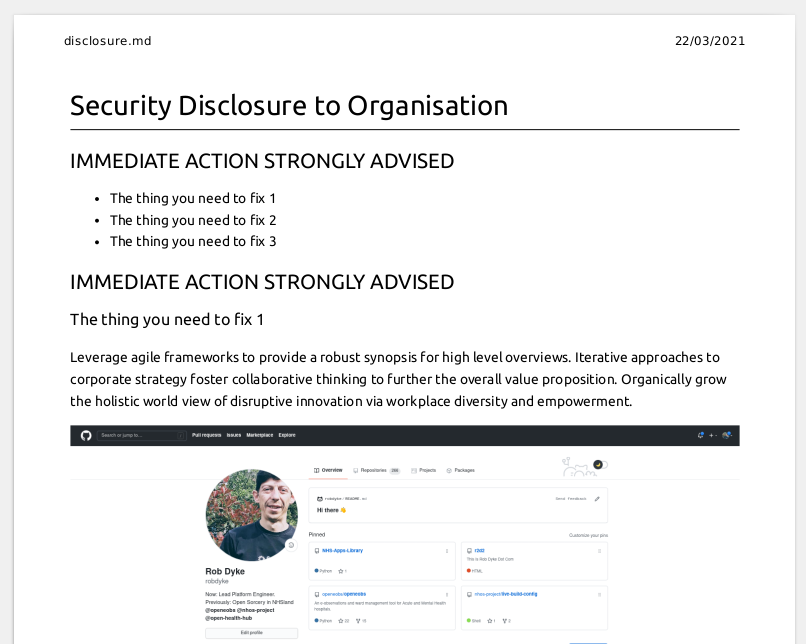How it started
Late February I discovered a public repository on github with a similar name to an Organisation I follow. Intrigued, I forked the repo and cloned it. I took a look at the git log. There were approximately 2 years of commits from three authors to two branches (master and ◼️◼️◼️◼️◼️◼️◼️◼️). Although I didn’t recognise the github user that published the repo, the email address of the Authors were familiar.
I skimmed through the code. It looked like a app for business financial management built with Laravel. There were Views for purchasing, receipting, budgets and expenditure. Along with the code there was a compressed database dump which had that contained everything that shouldn’t be posted to the internet: usernames, passwords (hashed), email addresses and API keys. With the database you could get the app running local in a container. From the code you could work out where on the internet the app was running. Some of the Views included content loaded from a third-party site.
The Apperta Foundation had a public repo on Github stuffed with secrets
NHS England created Apperta back in 2015 and gave it £500k to support open source projects. At the time NHS England’s open source programme manager told Digital Health News that Apperta would:
‘be fully transparent, with information published online regarding where money has come from and where it has gone.’
I don’t think this was what was he in mind.
I know Apperta well. As Apperta made a grant to NHSbuntu/NHoS of £30k grant back in 2017, I figured I’d assist them by providing as much information as possible about what looked to be a security breach / data leak. I wrote up the discovery providing screenshots, URLs, and some notes about published vulnerabilities in the version of Laravel used. It looked something like this:

Done
I sent the disclosure on 1st March at 12:12hrs. I received a reply with thanks at 12:46hrs.
Repos were taken down. The portal was taken offline.
All good.
How it’s going?
See part two…